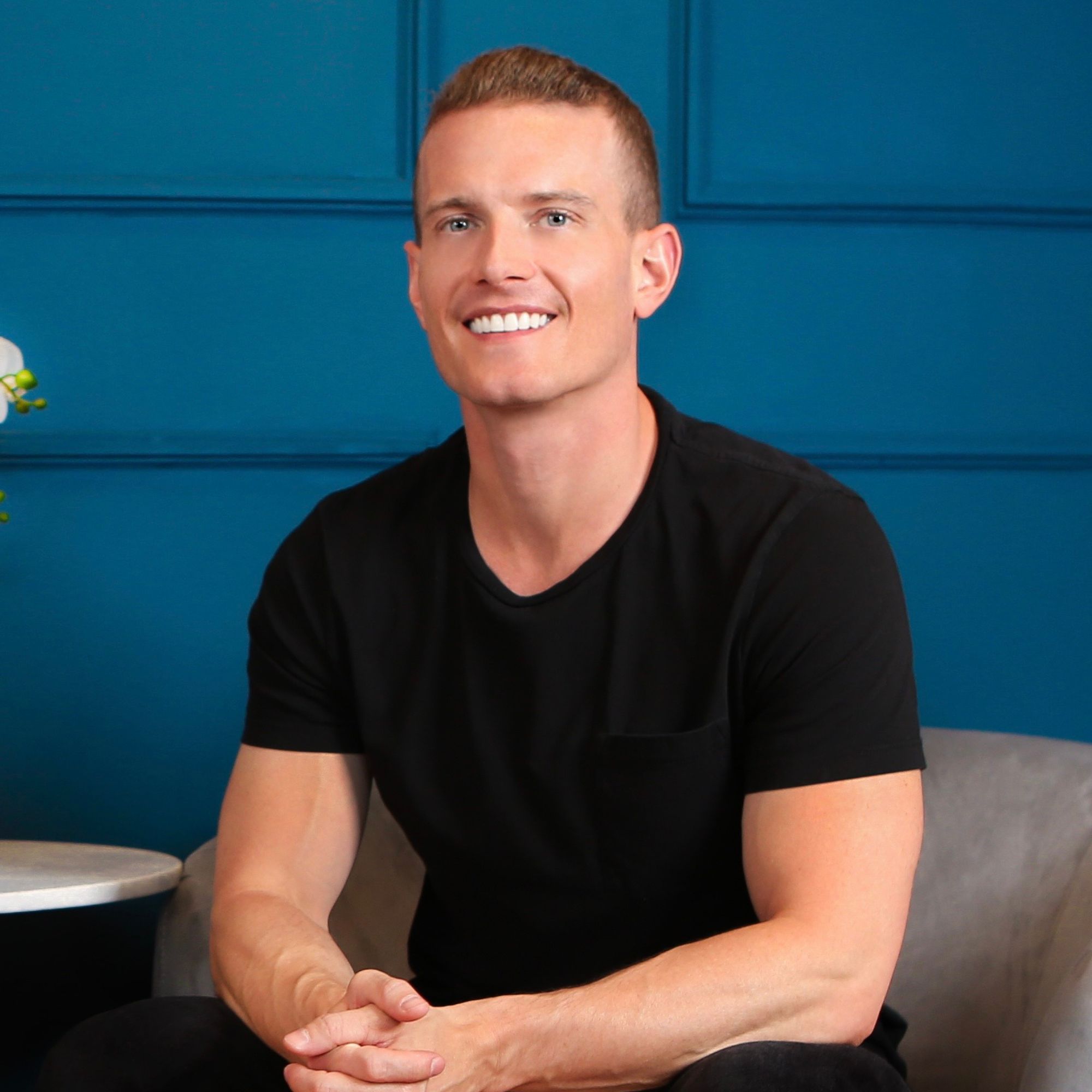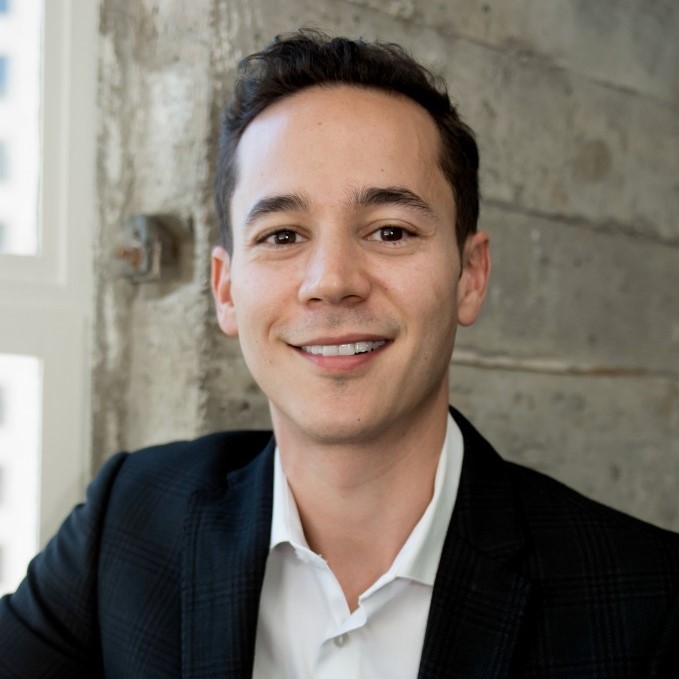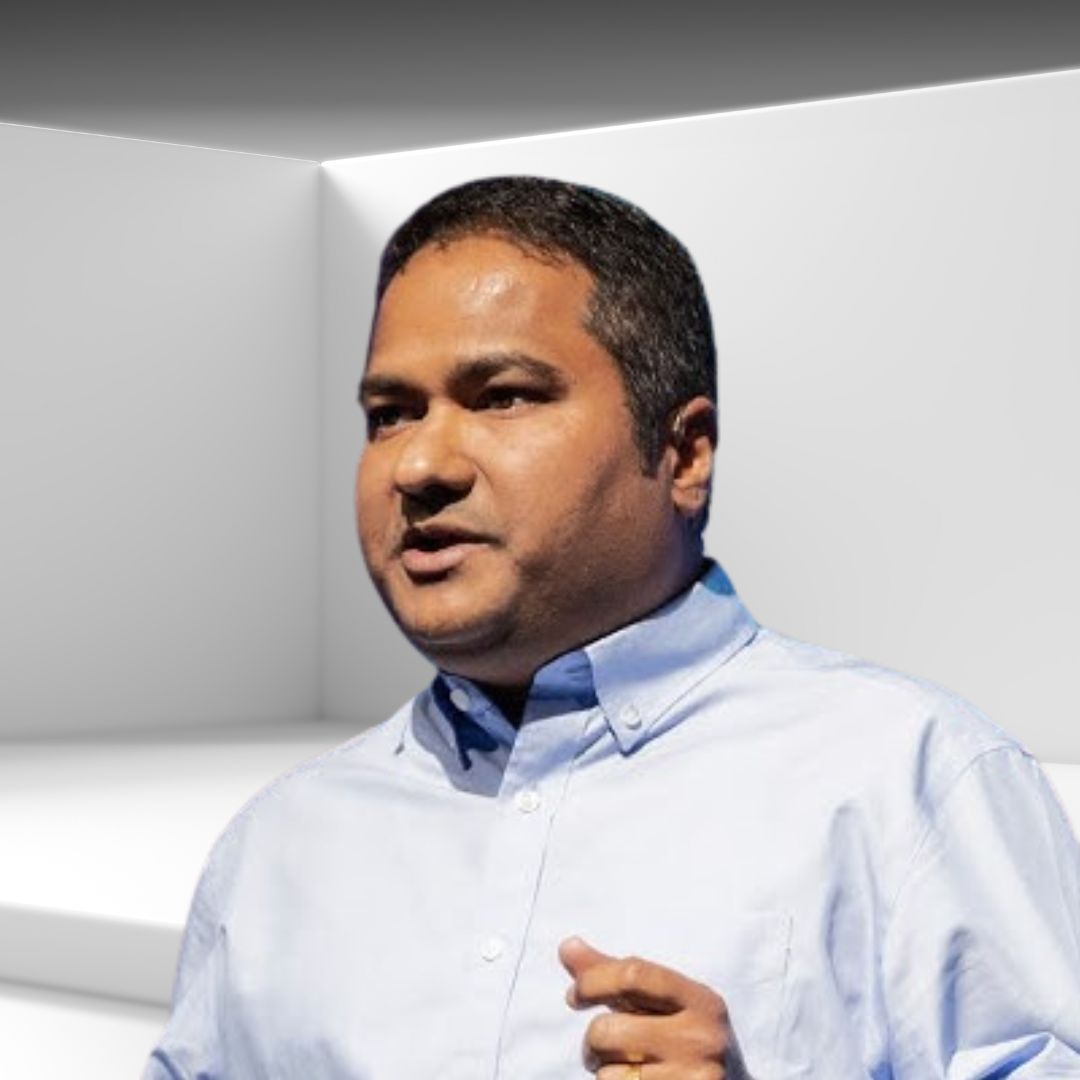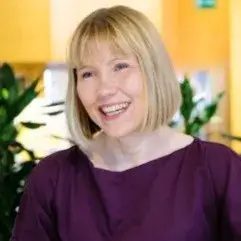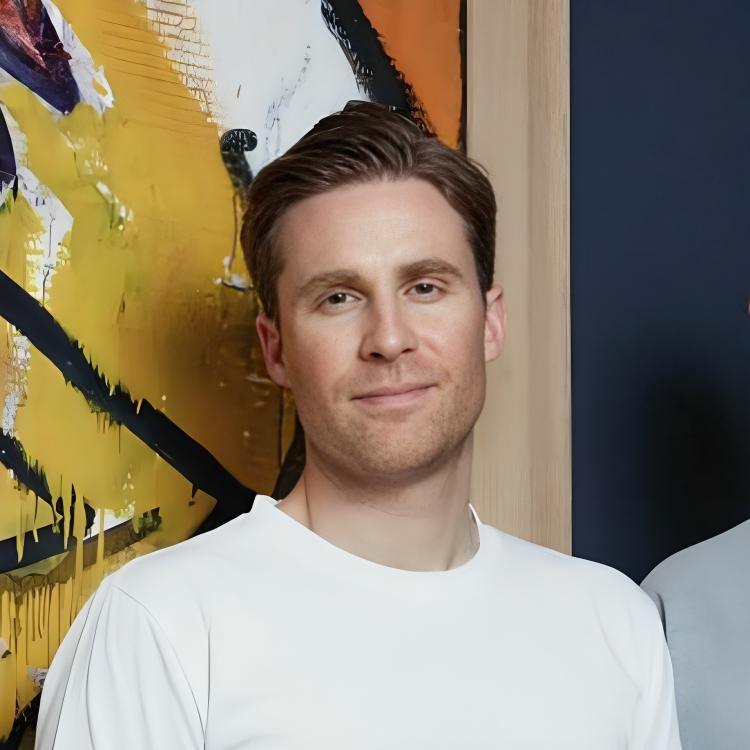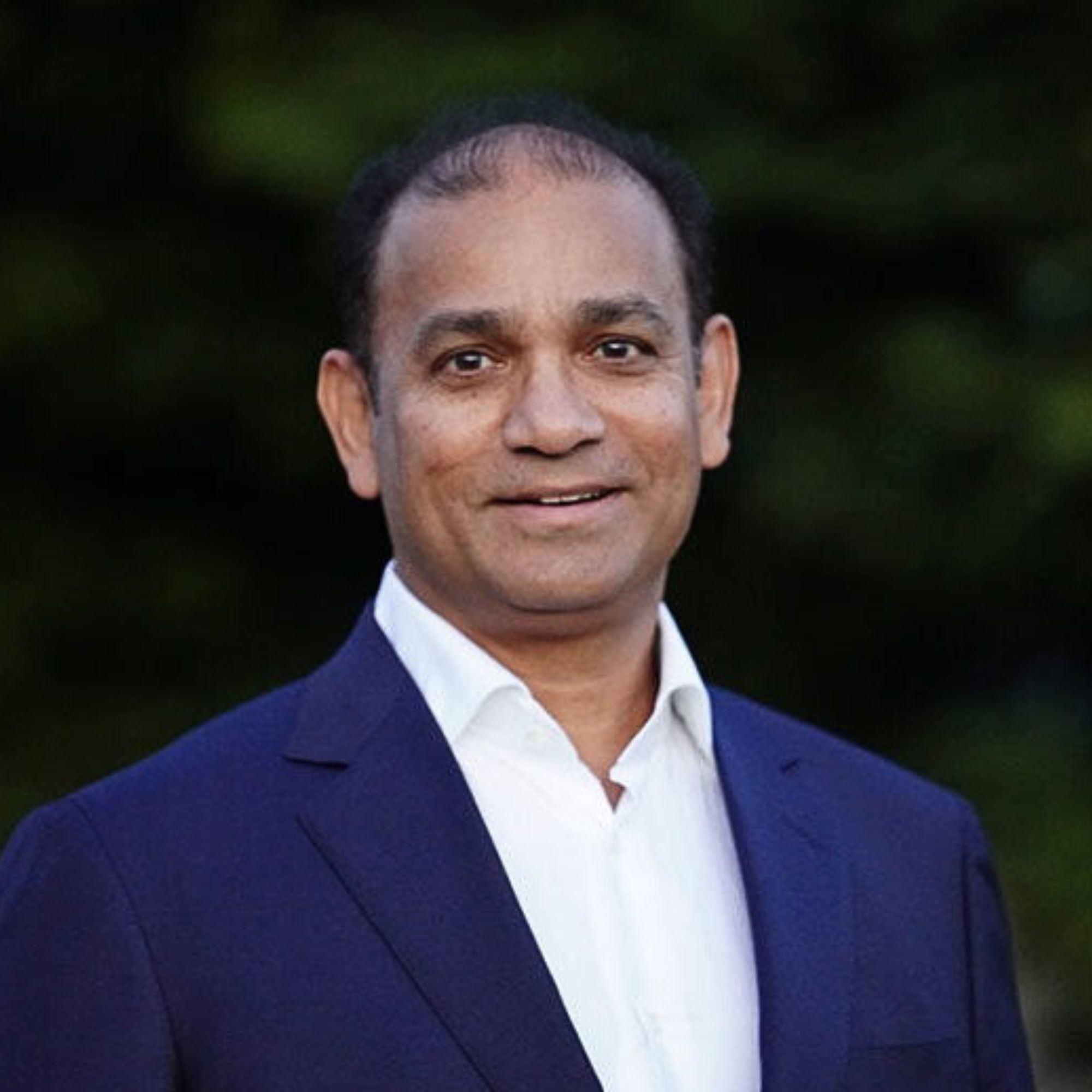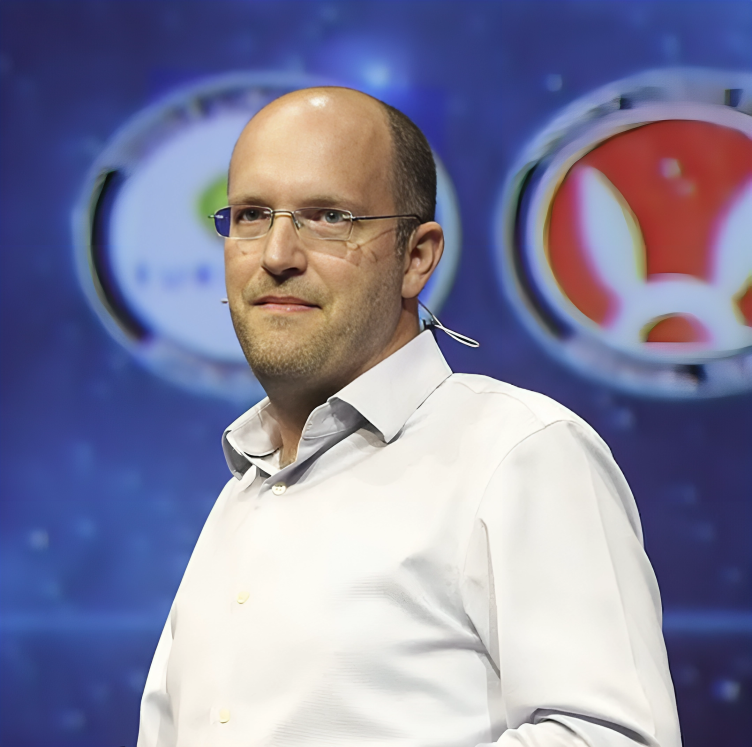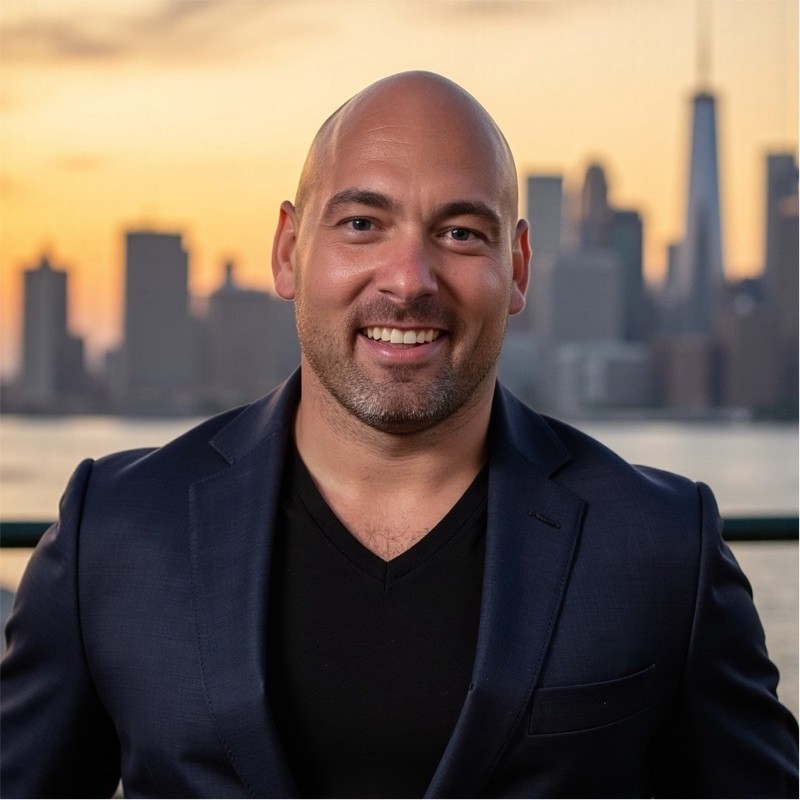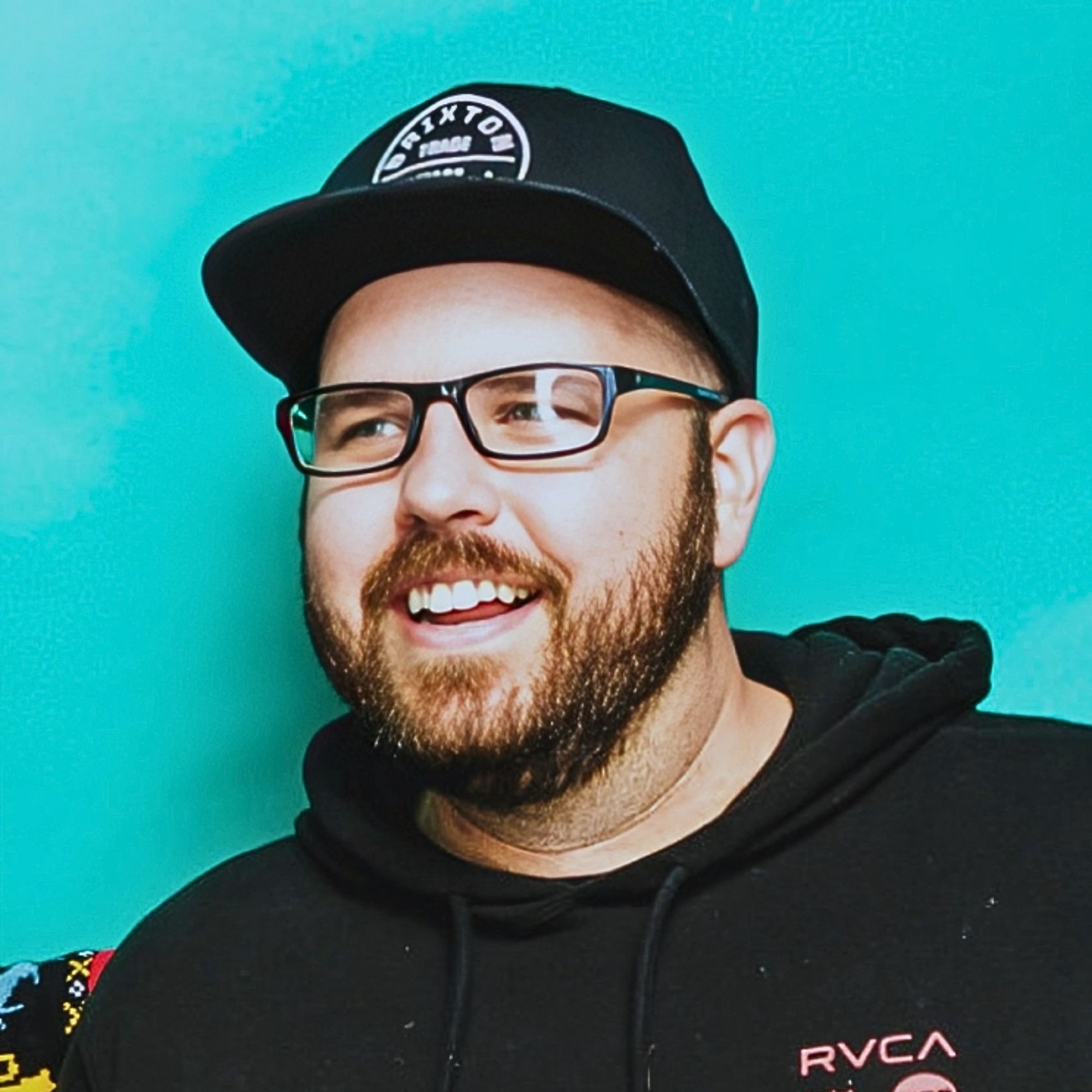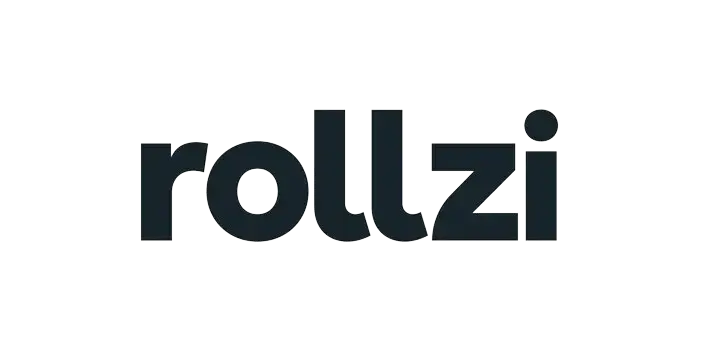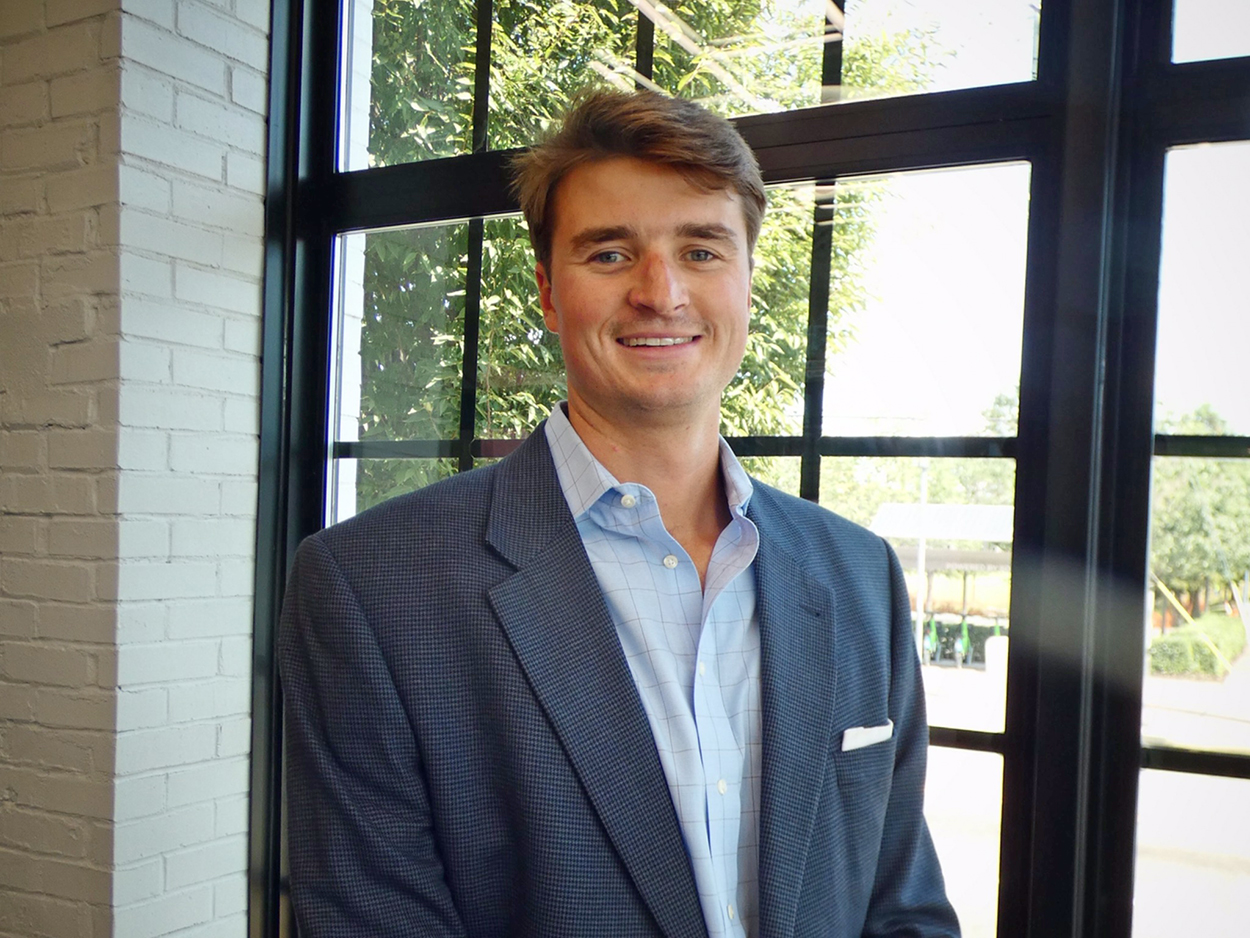Ready to build your own Founder-Led Growth engine? Book a Strategy Call
Frontlines.io | Where B2B Founders Talk GTM.
Strategic Communications Advisory For Visionary Founders
Actionable
Takeaways
Match GTM motion to how your market transacts, not what scales:
Calico tested paid acquisition for six months before realizing relationship-building converted better despite being unscalable. In apparel manufacturing, decades-long supplier relationships can't turn on and off overnight—the buying motion reflects this reality. Kathleen's approach: early-stage requires one-to-one dinners and networking to answer nuanced questions; mid-stage shifts to conferences for broader reach; late-stage deploys LinkedIn content once the market understands your category. The sequencing matters because each stage builds on the previous one's trust foundation.
Brutally audit customer quality, not conversion metrics:
Calico's paid acquisition drove signups and "conversions by marketing sense," creating a false signal of product-market fit. After six months, the math revealed these customers cost more to acquire than those from relationship channels and had lower quality. Kathleen's lesson: vanity metrics provide a "weird little dopamine hit" that masks broken unit economics. For B2B founders in complex sales cycles, track cost-per-quality-customer, not cost-per-signup.
Use macro disruption to collapse sales cycles:
The 2025 tariff crisis created an "impossible challenge" for Calico's ICP—sourcing directors forced to rewrite playbooks built over decades while tariffs changed via tweet. Rather than fighting the chaos, Calico positioned itself as the solution to this specific moment, anchoring customer conversations on tariff-driven urgency. This transformed education from abstract ("here's what agentic AI can do") to concrete ("here's how we solve your tariff problem today"). B2B founders should identify trigger events that make the status quo untenable.
Create category clarity by defining what you're not:
In a market where "AI could mean things to many different people," Calico differentiated by explicitly stating what their system cannot do. Kathleen prioritized "dispelling the notions of what we are and what we aren't" over overselling capabilities. This matters because sophisticated buyers—especially in industries with low tech adoption—need to understand boundaries before they'll trust promises. The tactic builds credibility in noisy markets where everyone claims AI magic.
Hire evangelists who outlast founder doubt:
Calico's most impactful GTM decision was bringing on early team members who could evangelize value through the inevitable "zigzaggy" early stage—when "it's exciting one day and the worst day ever the next." These people interface directly with customers regardless of whether the founder is having doubts or frustrations. Kathleen's insight: in B2B relationship-driven sales, your early GTM hires' conviction directly determines whether customers stick through product evolution. Hire for authentic belief, not just skills.
Deprioritize content in high-noise environments:
Calico deliberately delays LinkedIn content until later stages because "folks are a little bit more muted to all the LinkedIn content coming at them." With AI making content easier than ever to create, Kathleen sees audiences questioning whether to take it seriously and whether AI-generated content has less value than human-generated. Her approach: authenticity trumps quantity. For B2B founders, this means investing in formats that can't be easily faked (video, in-person) before scaling written content.
Conversation
Highlights
How Calico Killed Their Best-Performing Marketing Channel After Six Months
Opening a Shopify store takes minutes. Actually producing the inventory to sell requires staying up until 2am managing factory communications through emails, Excel, and WhatsApp.
Kathleen Chan lived this reality across multiple apparel brands she founded and exited. For her third business, she decided to solve the problem instead of living with it. In a recent episode of Category Visionaries, Kathleen, Founder and CEO of Calico, shared how she’s building an agentic AI system for apparel sourcing—and why their path to product-market fit required killing a marketing channel that showed strong conversion numbers.
The Unsolved Problem in Apparel Manufacturing
Calico calls itself “the sourcing co-pilot designed for the apparel industry.” The company targets sourcing directors and production managers—the people responsible for turning design concepts into physical goods at scale. It’s work that “has very much been relegated to emails and Excel,” according to Kathleen, and “obviously as you get larger and larger, that workload becomes more unmanageable.”
She experienced this progression firsthand: “I was the one that stayed up until 2am doing this and then, you know, very much for the third business, I was like, hey, I should probably do the thing that I was very much interested in solving.”
By October 2025, the problem intensified. Post-Liberation Day tariffs were “changing rapidly” and “being tweeted out,” forcing sourcing directors to “rewrite a playbook that has never been rewritten before.” The chaos: supplier relationships that took decades to build can’t pivot overnight, yet tariff policy changes via social media.
When Good Metrics Mask Bad Unit Economics
Early on, paid acquisition looked promising. Signups were coming in. Conversions were happening. For six months, Calico invested in the channel while watching vanity metrics climb.
Then Kathleen ran the actual unit economics.
“Even though there are like conversions by an actual marketing sense, like we’re getting signups, we’re getting folks that the quality wasn’t there,” she recalls. “When we kind of just did the math backwards on, you know, what it costs to acquire customers through this channel, it ended up being far more expensive than the really unscalable things that were doing to convert long term customers.”
The decision: kill the channel entirely.
But the real lesson is about founder psychology. “It was a weird little dopamine hit for about six months every time we got like inbound interest and where we thought something was working, but really it wasn’t,” Kathleen warns. “It’s really nice to see the numbers go up every day, but at the end of the day, customers tremble.”
The gap between marketing conversions and actual customer quality can persist for months if founders don’t audit the full funnel economics. Signups mean nothing if CAC exceeds what relationship channels deliver at higher quality.
Sequencing GTM By Trust-Building Stage
With paid acquisition abandoned, Calico built a deliberately staged approach. Not a single tactic, but a progression that matches how markets develop understanding of new categories.
- Stage one: “If you’re in the early stages, the conferences, the ability to kind of be one one with your customer, the unscalable thing, to kind of walk them kind of through and answer the nuanced questions, that’s been very meaningful.”
- Stage two: Conferences scale the one-to-one insight to broader audiences, but only after you’ve learned which questions actually matter.
- Stage three: “The LinkedIn content will come in later and that’s really where you achieve, reach some level of understanding from your target audience.” But timing matters: deploy content only after the market can contextualize your value without hand-holding.
- Kathleen’s advice for early-stage: “That unstable, unsexy, like one to one conversation helps.” The sequencing isn’t arbitrary—each stage builds the foundation for the next to work.
Creating Budget Lines That Don’t Exist
Category creation in 2025 means selling something with no established procurement line item. “We are very much in this early stage of creating that category,” Kathleen explains. “Like, most folks as a net, like, no one had like a Gentic AI system in their line item for 20, 25, really.”
Unlike CRM or marketing automation—where buyers comparison-shop between vendors—Calico must first convince buyers the category itself deserves budget allocation.
Their education approach: “It’s really kind of understanding the problems that our customers are facing in this specific point in time and how we’re able to solve that problem for them, whether through speed, cost, or some other value that we’re bringing to the table.”
But in a market where every vendor claims “AI-powered,” boundary-setting became a differentiator. “Really dispelling the notions of, you know, what we are and what we aren’t. Being very clear about what calico can and can’t do is also one of the things that we’ve really prioritized,” Kathleen says, “because we are in this, like, very much wild west of AI could mean things to many different people.”
Sophisticated buyers respond better to honest capability boundaries than oversold promises.
The Content Saturation Problem
LinkedIn’s effectiveness as a B2B channel is deteriorating. Audiences are “a little bit more muted to all the LinkedIn content coming at them,” Kathleen observes. The environment has become “quite noisy.”
The driver: “It’s been easier than ever to kind of create content at this point.” This creates a market dynamic where “folks are navigating, candidly what we see, what content means to them today. Do they take it seriously at all? If they figure out AI, is it less than human generated content?”
Kathleen’s response: prioritize formats that can’t be easily automated. “Anything that allows you to have that genuine connection with your target audience is important. I think video is 100%, you know, one need to do that.”
The principle: “Authenticity still right now trumps quantity, which is what’s happening in the market. There’s just too much stuff.”
For B2B founders, this means the cost of written content differentiation is rising while video’s relative value increases. The arbitrage opportunity exists in formats requiring actual human presence.
Hiring Evangelists Who Survive The Zigzag
When asked about her most impactful GTM decision, Kathleen didn’t cite a tactic. “Having the right team to do this. Because in the early days, it’s never a straight line. It’s always kind of like zigzaggy and like you kind of fall off and like, you know, it’s frustrating and it’s exciting one day and it’s like the worst day ever the next.”
Early GTM hires determine whether customers stick during product evolution. “The folks that are interfacing with their customers are by and large in the early days the most impactful people to deliver value,” Kathleen emphasizes.
The criteria isn’t skills—it’s conviction that survives founder doubt. When you’re questioning everything, your customer-facing team can’t waver. That consistency keeps customers engaged while you iterate toward fit.
What Comes Next
Calico’s long-term vision: “We’re really here to revitalize and redefine product creation as a whole. What it means to produce, source, develop internationally with, at scale.” The sourcing directors and production managers they serve are “the unsung heroes of every product based business. And we really just want to make their lives better and more efficient.”
For B2B founders building in relationship-driven markets, Calico’s journey offers a tactical playbook: match GTM motion to actual buying behavior (not what scales easily), audit full-funnel unit economics (not top-of-funnel conversions), sequence tactics as market understanding compounds, set honest capability boundaries in noisy categories, and hire for conviction that outlasts the early-stage chaos.
The hardest GTM decision is often killing what looks like it’s working.

